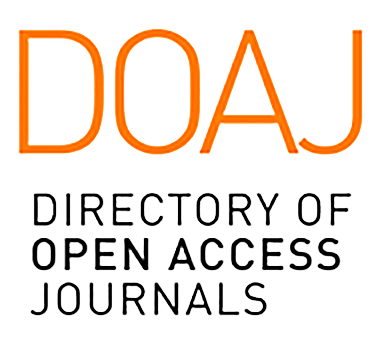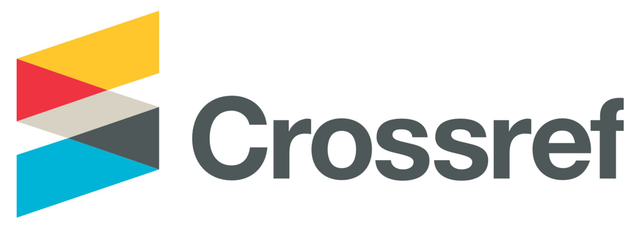

2708-9517








MLA Directory of Periodicals
REAO: East Asian Studies Journals
EBSCO Education
ProQuest
Google Scholar
Semantic Scholar
ROAD
BASE
Helka Helsinki Library
Baidu Scholar
Ex Libris
Jouroscope
US Department of Commerce Research Library

I-hao Woo
University of Colorado Denver, USA
Abstract
In this study, I discuss pedagogical and theoretical issues of the resultative verb compound (RVC) construction, such as chi-wan ‘eat-finish’ and pao-lei ‘run-tired’ in Mandarin Chinese. I first revisit the linguistic properties of RVC compounds by reviewing previous studies and conducting a textbook analysis. Then, I demonstrate that there are at least three different types based on their properties. Type 1 compounds are the basic compound in which the second element of the compound always expresses the result state of the object or the subject. The second element of Type 2 compounds is a pure telic morpheme used to signal the completion of an event, and this type of compound has a different syntactic structure. Type 3 compounds are similar to some of the English phrasal resultatives in that the two elements of the compound, as a whole, implicitly express the result state. Finally, I discuss several pedagogical issues regarding V-V compound instruction. I suggest that they should not be grouped into a single category, as they demonstrate great variation. Therefore, the current study not only provides an alternative linguistic analysis of Chinese RVCs but also suggests several pedagogical strategies that facilitate L2 learners’ acquisition of this grammatical construction.
Keywords
Chinese resultative construction, teaching Chinese as a foreign/second language,Chinese language pedagogy
汉语结果补语教学与理论面面观
伍逸豪
科罗拉多大学丹佛分校,美国
摘要
本研究旨在探讨汉语结果补语之理论及其教学应用。首先,根据结果补语属性,本研究将其分成三类。第一类为最基本类型,其补语之主要用途为形容主语或宾语之状态。第二类补语之主要用途在于表达主谓语表示事件之完成。最后,第三类结果补语之用途与一些英语动词短语功用类似,可用来表示论元之移动。此外,透过文献探讨及教科书分析,本研究也提供有关汉语结果补语之教学建议。
关键词
汉语结果补语,对外汉语教学,汉语教学理论及应用